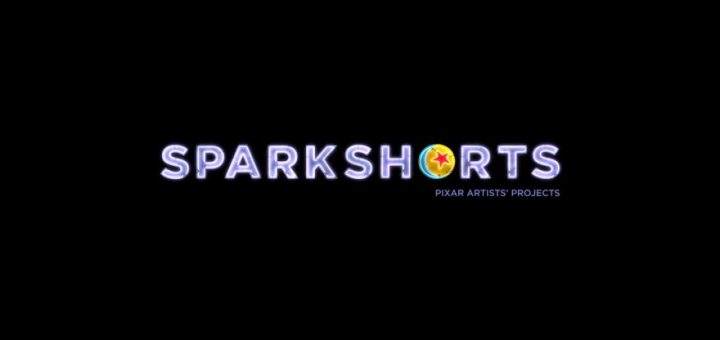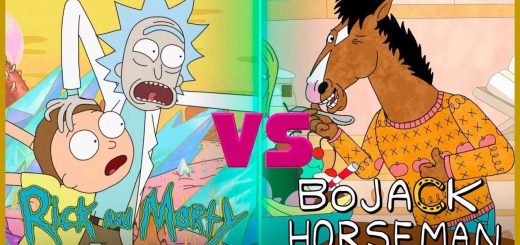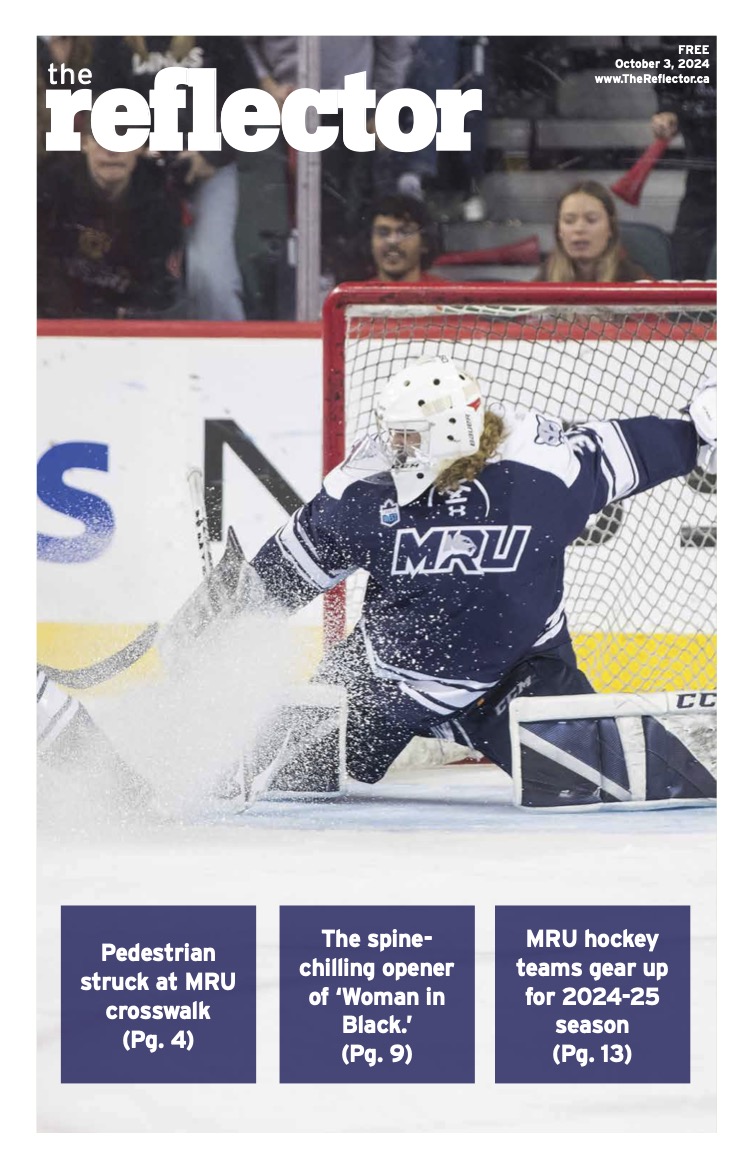Pixar SparkShorts: The shifting tale of stories

By Rosemary De Souza, Features Editor
The animation studio that brought us Bug’s Life, Cars, Finding Nemo, Wall-E and The Incredibles, to name a few, has had a couple of its Academy Award-winning creators leave the company in recent months. But the studio has been making efforts to discover who the next generation of storytellers are and how they are different.
John Lasseter left Pixar by the end of last year due to allegations of sexual misconduct in the workplace. The former chief creative officer was part of the team that discovered the then-groundbreaking use of CGI in storytelling. He later went on to direct Toy Story and won an Academy Special Achievement Award in 1996 for his application of techniques that made the first computer-animated feature film possible.
Lee Unkrich was also a part of the Toy Story family, acting as an editor for the film. Before his departure at Pixar early this year, he co-created and directed Coco, a film that won the Best Animated Feature and Best Original Song at the 90th Academy Awards.
Early this year, Pixar introduced SparkShorts, a six-part series of animated, short stories that are written and directed by different members of the company.
“It doesn’t matter if you are in the story department or an animator or a technical person,” says production lead, David Lally, in the SparkShorts introduction video on the company’s YouTube channel. “We are looking for directors from all over the studio.”
The new group of creators don’t only come from different professional backgrounds but they also come from various walks of life, and their stories reflect a diverse perspective.
Purl
Purl is about a ball of yarn who earns a job at a male-centric start-up called B.R.O. After feeling isolated within the company, the feminine character finds her way to blend in. She turns away from her bubbly personality and morphs into a masculine persona, imitating the actions and language of her colleagues.
After a new female hire like Purl walks into the office, she is reminded of who she was and helps to turn things around. Fast forward to the future, we see a diverse team of different-coloured yarns and men working at B.R.O., along with a culture that is inclusive to different ideas and points of view.
Directed and written by Kristen Lester, Purl shows the gender and ethnic disparity that still exists within our communities and workplaces. The short film reminds us to embrace our differences, as it can lead to better environments and cultural practices that benefit individuals of any racial or gender background.
Smash and Grab
Written and directed by Brian Larsen, Smash and Grab is a story about two friends, who also happen to be robots, designed and programmed to do one job.
“They are very specialized in what they do,” says Lally, adding that, “One guy is essentially a hammer and one guy is a shovel.”
As simple as that sounds, things get complicated when the hammer sees other robots living independent lives with a portable life source, whereas shovel and hammer are living off a cord within the facility they work. As the hammer spots the containment area for other portable life sources, he escapes by cutting his cord and using his remaining battery power to obtain two portable life sources.
He comes back to give shovel his own life source but was followed by flying robots, authorized to destroy them at will. The shovel and hammer defend themselves but once the shovel’s arm gets cut off in battle, the hammer throws his portable life source at the enemy, causing an explosion. Hammer then wakes up after the shovel connects his life source to his body. The two are now stuck together, sharing one source of life and continue on their merry way.
Smash and Grab reminds us to decide what we do for the rest of our lives and remember that sometimes the best decisions can also be our hardest.
Kitbull
Kitbull is a story about a stray cat finding its way into the backyard of an abusive pet owner. The little, black kitten stays behind the barbed wire separating the unwanted items from the rest of the space, where a Pitbull runs around. But after being frightened by the aggressive, playful nature of the dog, the kitten guards its area behind the barbed wire, even during a time when the Pitbull saves the kitten from getting stuck in the thorny mess.
Out of fear, the black cat scratches the dog across the face and runs away, even after the dog’s owner did the same. The kitten makes amends with the dog and escapes the lair of its owner. Eventually, the two were both adopted by a biracial couple, after they were found playing in the streets.
The story was written and directed by Rosana Sullivan after watching an endless amount of cat videos. In a YouTube video on Pixar’s channel, Sullivan says that along the process of creating the character of the cat, she realized she too was shy and vulnerable as a child and just like the cat, never stepped outside her comfort zone.
Kitbull shows us that we can get along despite our differences, and that we won’t know what is possible until we allow ourselves to be vulnerable, make connections and move beyond what we already know.
Float
Although Float won’t be out till later this year, this is what we know about the Pixar short written and directed by Filipino-American Bobby Rubio.
A father discovers his son can fly. To keep them safe, the dad keeps his son out of public sight. But after his son’s ability was discovered, he will decide whether to run away or accept his son for who he is.
In the SparkShort introduction video, Rubio says that Float was his opportunity to tell his story. The Filipino characters in his animated short may be the first ones we’ll see to be produced under the award-winning studio. But how does Float portray the life of the Asian-American storywriter? We’ll just have to wait and find out until…
Wind
Another Asian-American behind the scenes is Edwin Chang, who is the writer and director of Wind. The Pixar short, just like Float, won’t be set to come out on Disney+, Disney’s heavily anticipated streaming service, until later this year. Chang puts his characters in the world of magical realism.
A grandmother and her grandson are trapped in what Pixar describes to be a never-ending sink-hole, scavenging the debris floating around them. The two soon realize their dream of escaping to a better life. Sound familiar? Let’s just see if the film depicts the story many middle-class workers, immigrants or refugees know too well.
Loop
The last one on this list is Loop by Erica Milsom. But just like Float and Wind, we will have to wait for this one. Believe it or not, this may be the first time we’ll see an autistic and non-verbal character in a Pixar production. Renee is partnered in a canoeing trip with a chatty boy. To complete their journey across the lake, they must learn to understand how the other experiences the world.
To discover more about these stories, visit www.pixar.com/sparkshorts.




